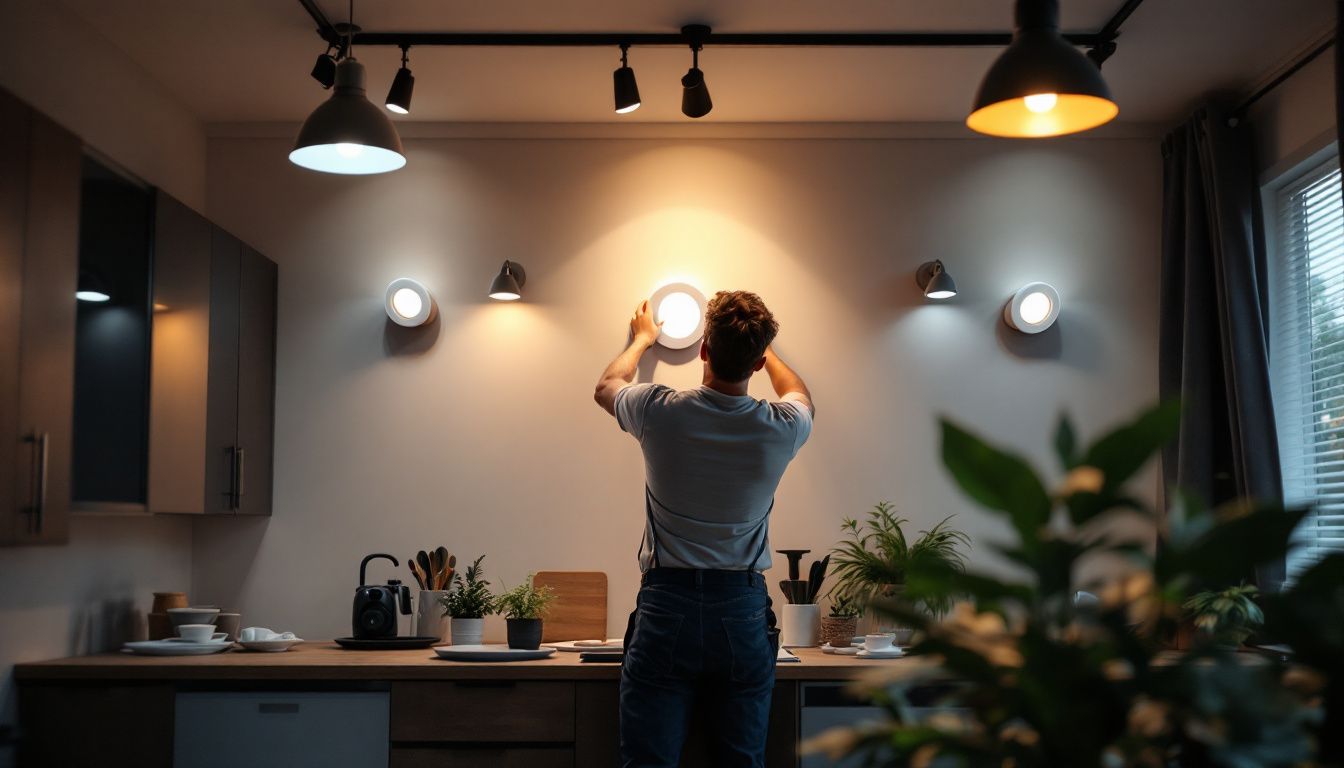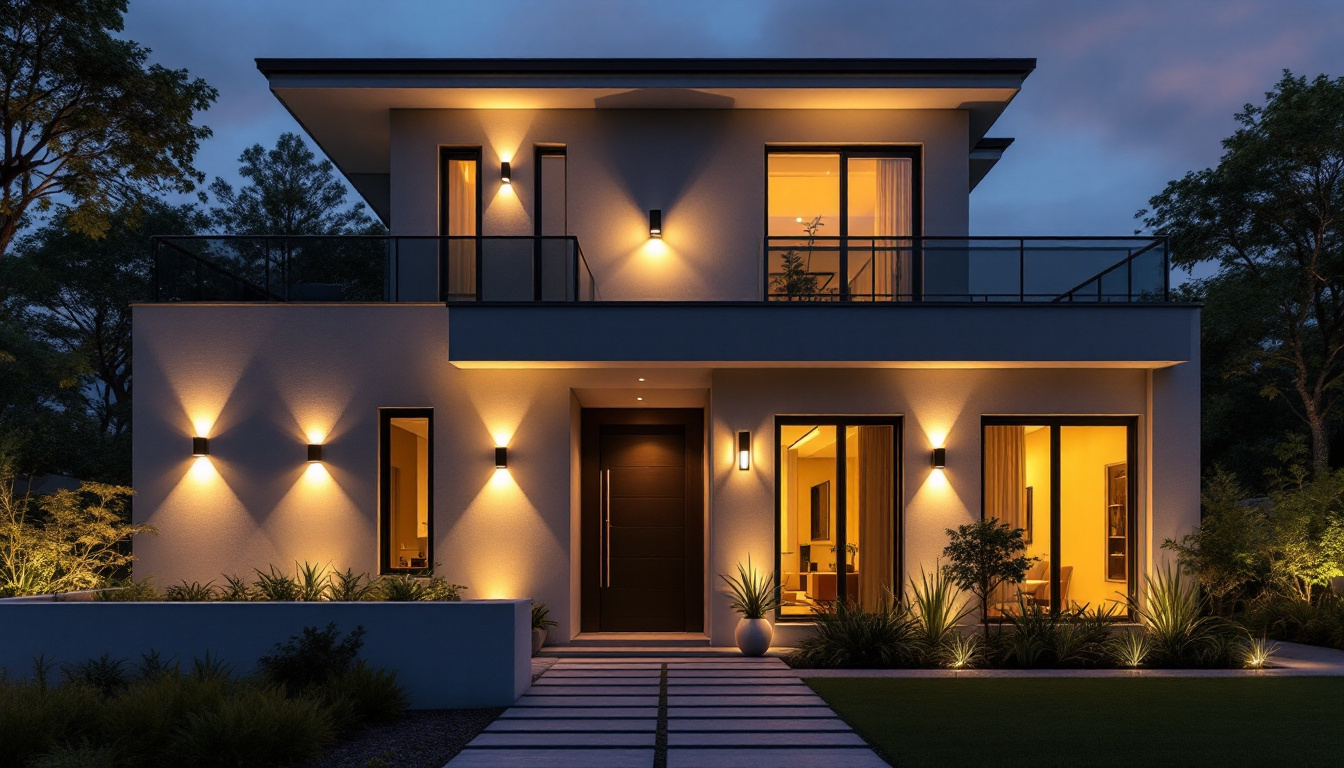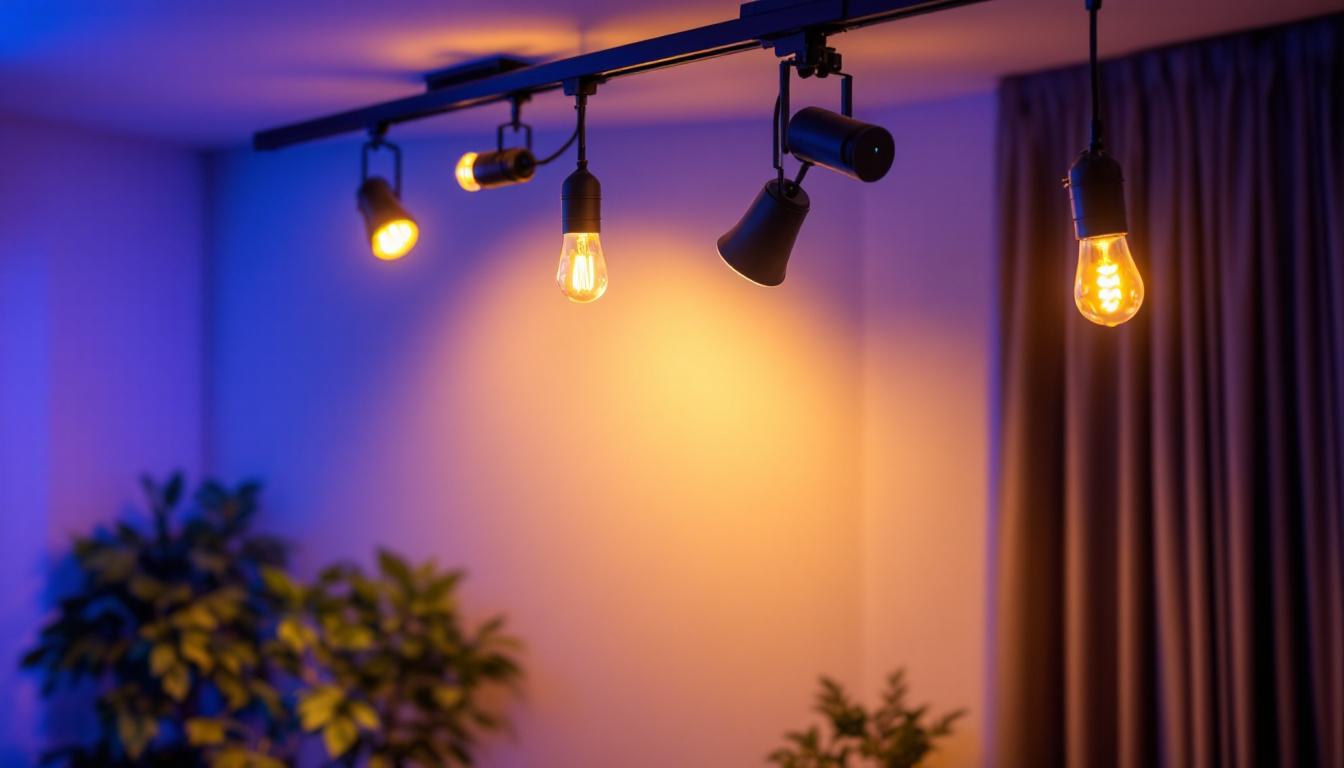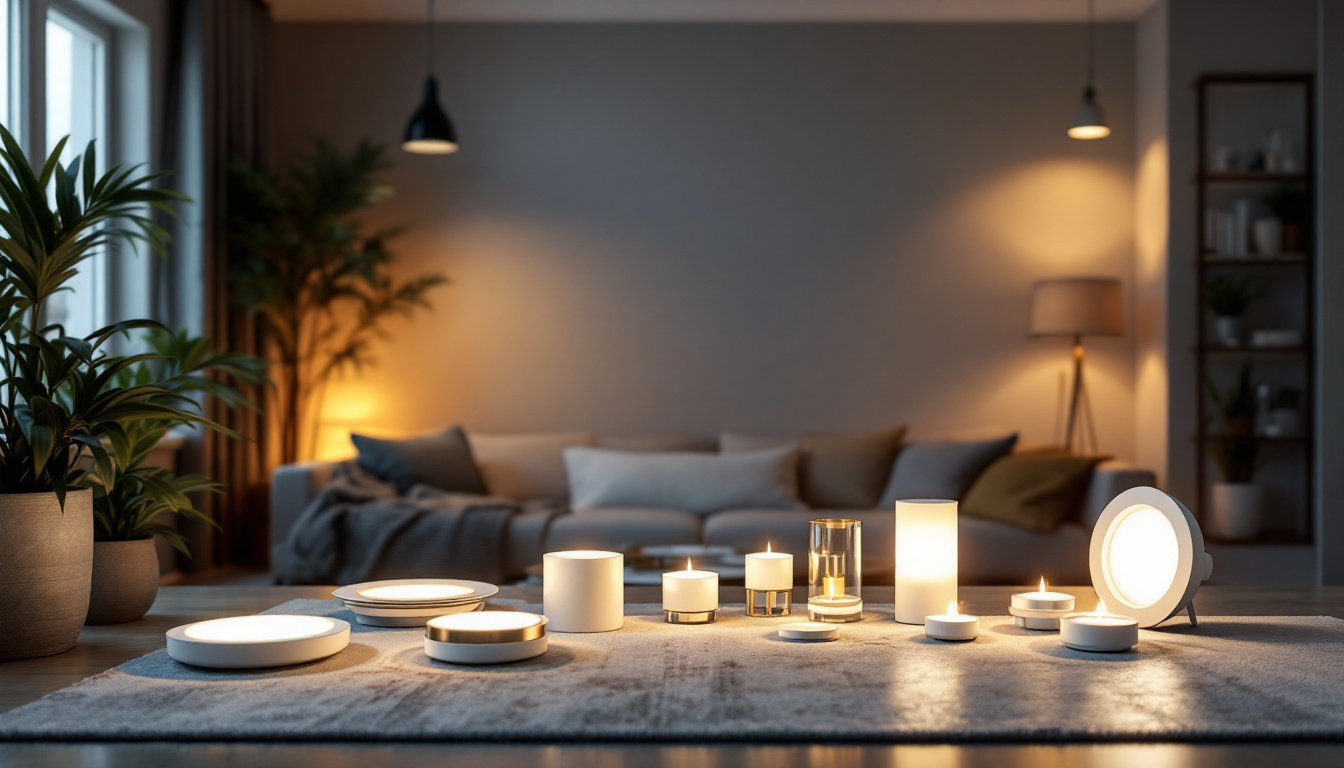
In the ever-evolving world of lighting design, pot lights, also known as recessed lights, have emerged as a popular choice for both residential and commercial applications. Their ability to provide a clean, unobtrusive look while delivering effective illumination makes them a favorite among lighting contractors. However, understanding the different types of pot lights and their applications is crucial for maximizing their potential. This article delves into the various types of pot lights, their specifications, and the science behind their functionality, providing valuable insights for lighting contractors.
Pot lights are fixtures that are installed into a hollow opening in the ceiling. They are designed to provide ambient, task, or accent lighting without being visually intrusive. The fixture itself is typically recessed into the ceiling, leaving only the trim visible. This design not only enhances the aesthetic appeal of a space but also allows for flexibility in lighting design.
These fixtures can be used in various settings, including homes, offices, and retail spaces. They can highlight artwork, illuminate work areas, or create a warm atmosphere in living spaces. Understanding the types of pot lights available helps contractors choose the right fixture for specific applications.
Standard recessed lights are the most common type of pot light. They come in various sizes, typically ranging from 4 to 6 inches in diameter. These lights are versatile and can be used in almost any application, from general lighting to accent lighting.
When selecting standard recessed lights, contractors should consider the type of bulb used. Common options include incandescent, halogen, CFL, and LED. Each type offers different benefits in terms of energy efficiency, brightness, and color temperature. For instance, LED bulbs are known for their longevity and low energy consumption, making them an excellent choice for sustainable lighting solutions.
Adjustable or gimbal recessed lights feature a pivoting mechanism that allows the light to be directed toward specific areas. This type of pot light is particularly useful for highlighting artwork, architectural features, or specific zones within a room.
Lighting contractors often recommend these fixtures for spaces where flexibility in lighting direction is essential. The ability to adjust the angle of the light can enhance the overall ambiance and functionality of a space. Additionally, gimbal lights can be used in combination with standard recessed lights to create a layered lighting effect.
When it comes to installation, pot lights can be categorized into new construction and remodel fixtures. New construction pot lights are designed for installation in spaces that are being built or renovated. They typically have a housing that can be secured to ceiling joists, providing a stable and secure installation.
On the other hand, remodel pot lights are designed for retrofitting into existing ceilings. These fixtures often feature a clip or spring mechanism that holds them in place without the need for extensive modifications. Understanding the differences between these two types is essential for contractors, as it influences the installation process and the overall project timeline.
When selecting pot lights, contractors must consider several specifications to ensure the right fit for their projects. These specifications include size, wattage, beam angle, and color temperature. Each of these factors plays a crucial role in determining the effectiveness and aesthetic appeal of the lighting.
The size of a pot light typically refers to its diameter, which can range from 3 inches to 12 inches or more. The wattage indicates the power consumption of the bulb used in the fixture. Generally, larger fixtures can accommodate higher wattage bulbs, producing more light output.
Contractors should assess the size of the space and the desired brightness when selecting pot lights. For instance, larger rooms may require larger fixtures or multiple smaller fixtures to achieve adequate illumination. Additionally, understanding wattage helps in calculating energy consumption and ensuring compliance with energy codes.
The beam angle of a pot light refers to the spread of light emitted from the fixture. A narrow beam angle (typically 15 to 30 degrees) is ideal for accent lighting, while a wider beam angle (over 40 degrees) is better suited for general illumination. Choosing the right beam angle is essential for achieving the desired lighting effect in a space.
Contractors should consider the purpose of the lighting when selecting the beam angle. For example, if the goal is to highlight a piece of artwork, a narrow beam angle would be more effective. Conversely, for ambient lighting in a living room, a wider beam angle would create a more even distribution of light.
Color temperature is measured in Kelvin (K) and indicates the warmth or coolness of the light emitted by the bulb. Pot lights are available in a range of color temperatures, from warm white (2700K) to cool white (5000K) and daylight (6500K). The choice of color temperature can significantly influence the mood and ambiance of a space.
For residential applications, warm white light is often preferred for living areas, as it creates a cozy and inviting atmosphere. In contrast, cool white or daylight bulbs are more suitable for task-oriented spaces like kitchens or offices, where bright, clear light is essential for productivity.
Proper installation of pot lights is crucial for ensuring optimal performance and safety. Lighting contractors must take into account various factors, including ceiling height, insulation, and local building codes. Understanding these considerations can help avoid common pitfalls and ensure a successful installation.
The height of the ceiling plays a significant role in determining the spacing and placement of pot lights. In general, the higher the ceiling, the more spacing is required between fixtures to achieve even illumination. As a rule of thumb, contractors can use the formula of spacing pot lights approximately 1.5 times the height of the ceiling in feet.
For example, in an 8-foot ceiling, pot lights should be spaced about 12 feet apart. This guideline helps prevent overly bright spots and ensures a balanced distribution of light throughout the space.
When installing pot lights in insulated ceilings, it is essential to consider airflow and heat dissipation. Many pot lights are rated for contact with insulation, while others require a minimum clearance to prevent overheating. Contractors should always check the manufacturer’s specifications to ensure compliance with safety standards.
In addition, proper airflow is crucial for energy efficiency. Installing pot lights in a way that allows for adequate ventilation can help maintain a comfortable indoor environment and prevent the risk of fire hazards.
Local building codes often dictate specific requirements for the installation of pot lights, including electrical wiring, placement, and energy efficiency standards. Lighting contractors must be familiar with these codes to ensure compliance and avoid potential fines or safety issues.
It is advisable to consult with local authorities or refer to the National Electrical Code (NEC) when planning installations. Adhering to these regulations not only ensures safety but also enhances the credibility of the contractor’s work.
As technology advances, the design and functionality of pot lights continue to evolve. Staying informed about the latest trends can help lighting contractors offer innovative solutions to their clients. Here are some notable trends in pot light design:
Smart pot lights are becoming increasingly popular, allowing users to control lighting through mobile apps or voice commands. These fixtures often feature adjustable brightness and color temperature, providing unparalleled flexibility in lighting design.
Contractors can enhance their service offerings by incorporating smart lighting solutions into their projects. This not only meets the growing demand for smart home technology but also positions contractors as forward-thinking professionals in the industry.
With a growing emphasis on sustainability, energy-efficient pot lights are gaining traction. LED technology has revolutionized the lighting industry by offering longer lifespans and lower energy consumption compared to traditional bulbs.
Contractors should promote energy-efficient options to clients, highlighting the long-term cost savings and environmental benefits. Additionally, many regions offer incentives for energy-efficient installations, making them an attractive choice for homeowners and businesses alike.
Another trend in pot light design is the availability of customizable trims and finishes. Contractors can now offer clients a variety of options to match their interior decor, from sleek metallic finishes to decorative trims.
This level of customization not only enhances the aesthetic appeal of the lighting but also allows contractors to cater to individual client preferences, setting them apart in a competitive market.
Understanding the different types of pot lights and their specifications is essential for lighting contractors looking to provide effective and aesthetically pleasing lighting solutions. With a wide range of options available, from standard recessed lights to smart technology, contractors can cater to diverse client needs and preferences.
By considering factors such as installation requirements, energy efficiency, and design trends, contractors can enhance their service offerings and ensure successful project outcomes. As the lighting industry continues to evolve, staying informed about the latest advancements will empower contractors to remain competitive and deliver exceptional results.
Ultimately, the science behind pot lights is not just about illumination; it’s about creating environments that enhance the quality of life for individuals and communities. By mastering the intricacies of pot light design and installation, lighting contractors can illuminate spaces in ways that inspire and transform.
Ready to elevate your lighting projects with the finest selection of pot lights? Look no further than LumenWholesale. We provide lighting contractors with high-quality, specification-grade lighting products at the most competitive wholesale prices. By eliminating the middleman, we ensure you receive superior lighting solutions without the burden of inflated costs. Our comprehensive range adheres to the strictest industry standards, guaranteeing reliable and efficient performance for any installation. Plus, with the convenience of free shipping on bulk orders, you can secure premium lighting at the best value — all without hidden fees or compromises. Discover the ideal fusion of quality, cost-effectiveness, and convenience. Choose LumenWholesale for Wholesale Lighting at the Best Value and transform your lighting projects today.

Discover the latest trends in external wall lighting that every contractor should know.

Discover how LED light bulbs can transform your track lighting designs with energy efficiency and superior illumination.

Discover expert insights on choosing and installing LED four-foot tubes for lighting contractors.

Discover how conversion light kits can transform your recessed lighting for enhanced efficiency and aesthetics.